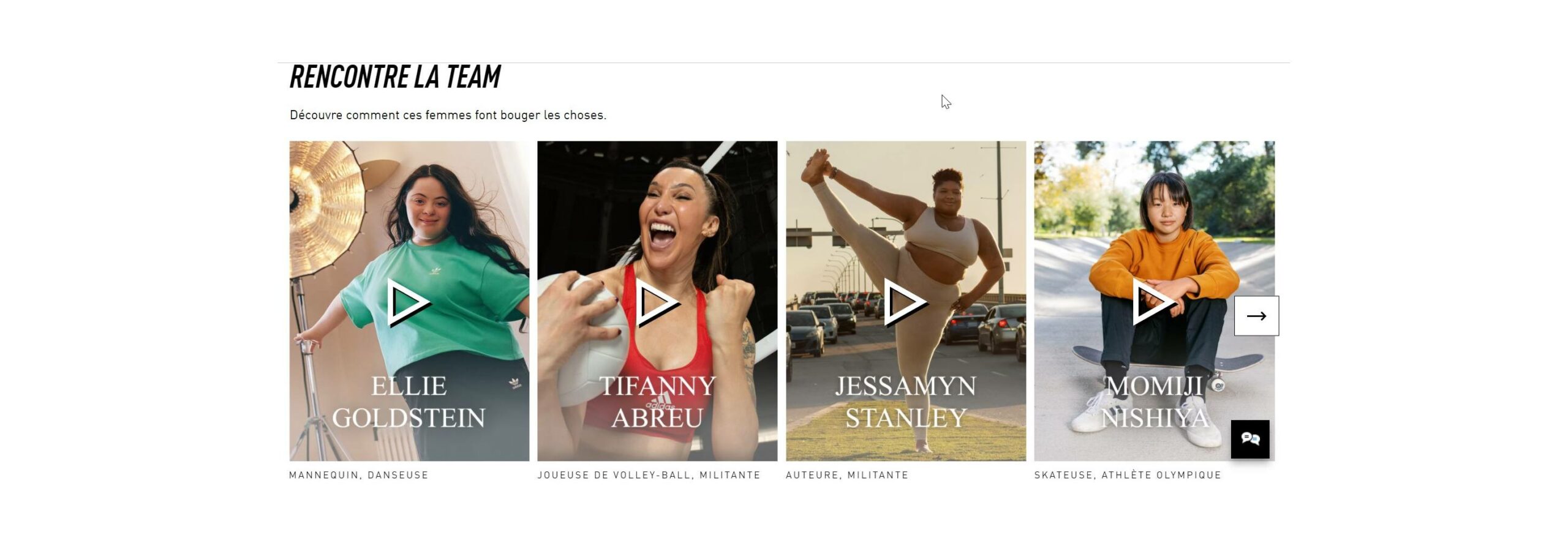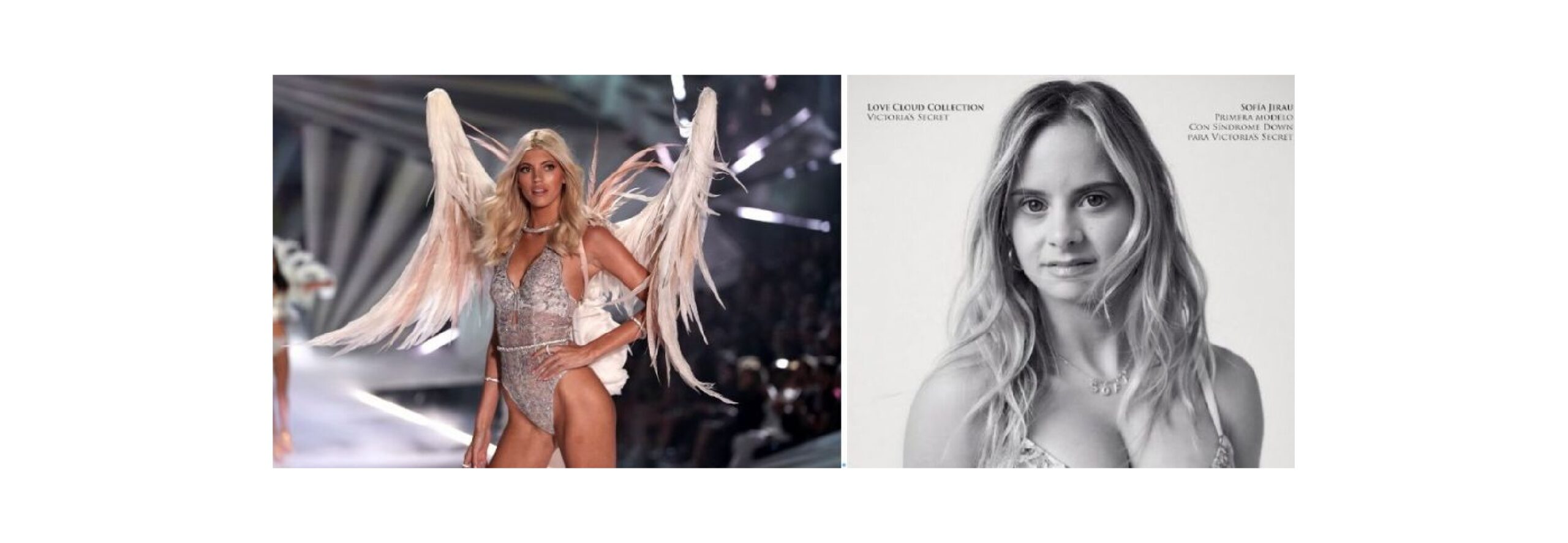If advertising follows and influences society’s values, brands have no choice but to follow societal movements.
For Abercrombie & Fitch, with its iconic models and salespeople recruited for their abs, the change in policy matches the times as much as a change in business strategy imposed by a series of scandals. In 2006, CEO Mike Jeffries divided: “In every school, there are the cool and popular kids, and then there are the not-so-cool kids. In all honesty, we cater to the cool kids” and put it all together: “A lot of people don’t match our clothes, and can’t. Are we excluding? Absoutely “.
Another controversy over its hypersexualized marketing again caused the brand’s sales to plummet in 2013, when its boss congratulated himself on no longer offering XL or XXL sizes in the women’s department: “he doesn’t want wholesale in his stores, he wants handsome, slender people.
Sign of the times, today “Abercrombie Today” broadcasts on social networks a campaign celebrating diversity. And the discourse has radically changed: “Abercrombie is not a brand where you have to fit in – it’s a brand where everyone has their place. We lead with purpose, and that spirit of inclusion and equity runs through everything we do,” says Fran Horowitz, the current CEO.
Or how to move from the praise of bodybuilder bodies to the inclusion of all bodies in a short decade.
If advertising follows the values of society and influences them, brands have no choice but to follow societal movements, as confirmed by the firm Nielsen, reporting that “with 43% of the 75 million Millennials in the United States United identifying as African American, Hispanic or Asian, if a brand does not have a multicultural strategy, it does not have a growth strategy”.
And consumer expectations do not stop at the sphere of the brand: 90% of consumers believe that companies have a responsibility to look beyond profit and improve the state of the world! Just that…
Multicultural strategy, body-positivity, fairness… the notions intertwine and it is better to be well advised to avoid missteps and crisis communication.
Influential marketing partner, the software publisher Salesforce defined 6 principles of inclusive marketing last year including “avoiding appropriation” and “promoting counter-stereotypes” within an online self-learning program, “Equality Trailhead, Inclusive Marketing Principles”, to promote inclusive practices. One approach among many others that enjoins us to train ourselves to best support brands in their repositioning, their CSR strategies in particular and in all forms of brand content and content marketing.
Within the agencies, because our creativity and our advice reflect and are inspired by society, we contribute to maintaining or reducing stereotypes. Our vision of the people who make up society mirrors those of consumers.
“Faced with 10,000 brands daily, even if they don’t look at them carefully, scientific studies have proven that an effective advertising strategy has an impact on the psychology of prospects. explains Didier Courbet University Professor and Researcher at the University of Aix-Marseille.
Because one in four people has a disability, but only 1% of advertisements depict them, adidas’ “I’mPossible” campaign takes on its full meaning despite its caricatural propensity.
Writing new advertising stories that touch the heart, promoting counter-stereotypes, it’s possible.
It is even essential.
1 Facebook and Geena Davis Institute study – March 2021
2 Camille Gantzer, editor-in-chief at Décryptage Citoyen International.





